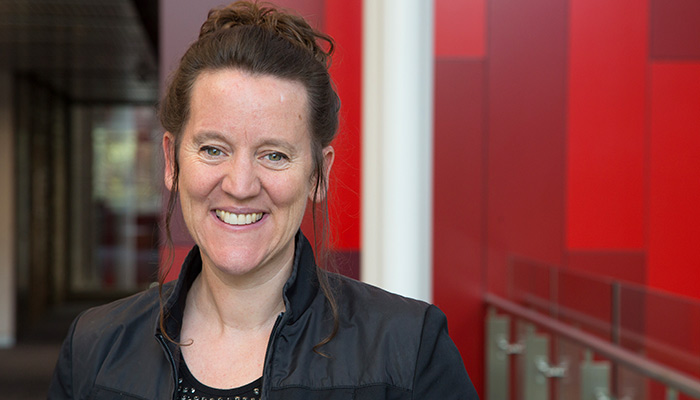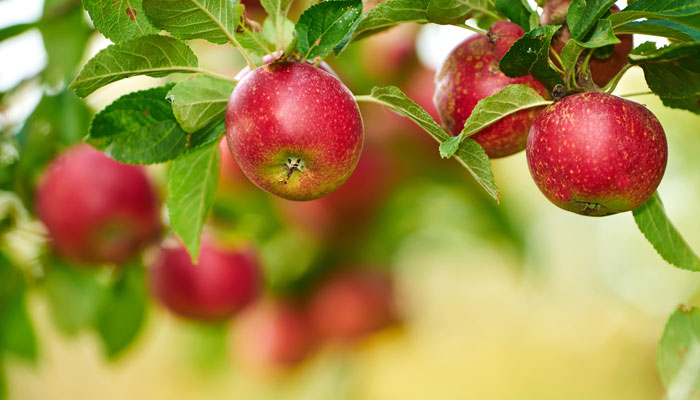Newly published research on the world-leading Living Seawalls marine science initiative has produced solid evidence for the environmental benefits of these installations, based on extensive data collected over two years of monitoring and evaluation of a large Sydney Harbour installation.

Sawmillers Reserve, North Sydney: More than a thousands panels installed globally include 11 sites in Sydney Harbour.
“Our research assessed how biodiversity on the seawall panels changed through time, and varied according to the type of 3D geometry provided by the panels,” says Associate Professor Melanie Bishop, a coastal ecologist at Macquarie University, who has worked with the project since it began.
“We found that 115 different species colonised the wall over a two-year period – comparable to the number of species that we see on natural rocky reefs, and about 20 per cent greater than what we see on unmodified sea walls,” she says.
The modular design allows the Living Seawalls to be tailored to each site, she says – and as sea levels rise in coming decades, panels can be expanded vertically to keep pace.
Sea walls and other structures are typically bare, featureless surfaces with little protection from predators or the high temperatures that can occur at low tide in summer, but in some Living Seawalls habitats, temperatures were 10 degrees Celsius cooler than comparable flat featureless surfaces.
“With warming climates and urban heat islands impacting harbours, this temperature difference could mean the difference between life and death for some of these species,” says Bishop.
Living Seawalls can reduce marine construction impact
The Living Seawalls project was last year announced as a finalist in the million-pound (AUD $1.88 million) international Earthshot environment prizes, recognised for its potential to improve declining marine biodiversity in the face of rapidly increasing global sea-floor construction for seawalls and wharves, power and aquaculture infrastructure, cables and tunnels worldwide.
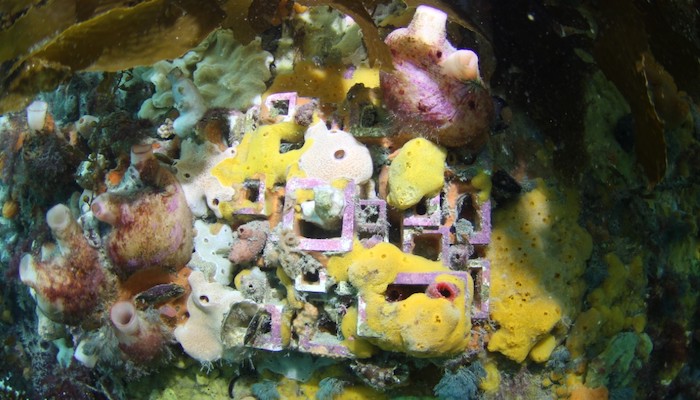
More than half of Sydney Harbour’s shoreline has been modified by seawalls, wharves and other structures, and less than ten per cent of shellfish reefs remain from pre-invasion days, greatly reducing harbour water quality because few marine animals remain to filter and clean water.
The Living Seawalls project drew on decades of marine research to develop a series of three-dimensional tile-like concrete panels, around 60cm in diameter, which attach in a mosaic pattern to flat seawalls and other ocean-facing structures to provide habitat for seaweeds and marine animals.
“Where there is existing marine life on a wall, we can site the panel 10 centimetres off the wall, tripling the surface area and providing a cavity behind the panel which fish absolutely love,” says Bishop.
We had lots of oysters growing on our panels, providing structures for snails and seaweeds to live between, and the oysters are also an important food resource for species such as bream.
The team includes an industrial designer who has so far designed ten different habitat surface designs that mimic various natural shoreline features, such as rockpools, kelp holdfasts, sponge fingers and weathered rock, part of a multi-disciplinary approach that intersects marine ecology, architecture, design and engineering.
More than a thousand panels are now installed around Australia, in Singapore, Gibraltar and Wales, and the new research is based on more than two years of data gathered from the first installation at Sawmiller’s Reserve in Sydney Harbour, established in 2018.
Seawall panels host and protect life
The study is based around the first installed Sydney Harbour site, but Bishop says similar research is being replicated at many of the other sites.
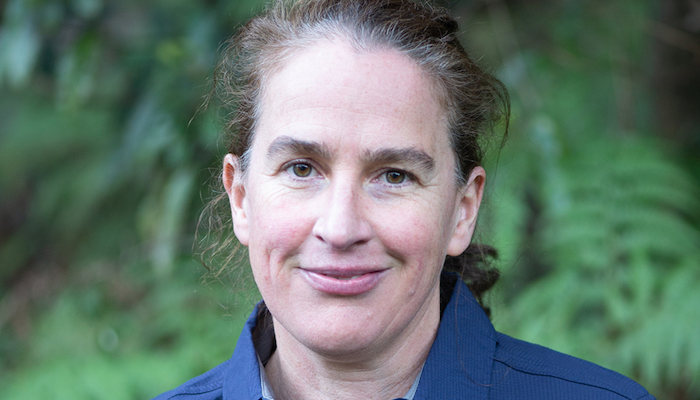
Global recognition: The Living Seawalls project, lead by Associate Professor Melanie Bishop, was last year announced as a finalist in the million-pound (AUD $1.88 million) international Earthshot environment prize.
“Living Seawalls will work best when people apply them with specific environmental goals and target species in mind, and with knowledge of the environmental conditions at their site – our growing body of science will be able to show how panels can best be configured to achieve particular outcomes,” says Bishop.
Most current Living Seawall sites have a comprehensive monitoring and evaluation process, which will further inform the evidence base, she adds.
“We’re very interested to see if we will see similar differences between panel types on the Living Seawalls, under different environmental conditions,” she says.
Bishop says that the study is notable because it assesses marine eco-engineering at an environmentally meaningful scale, compared to most previous studies which look at very small experimental scales, and because the modular panels simultaneously added multiple types of texture and three-dimensional geometry.
“Living Seawalls panels create mosaics where different types of geometry are present alongside one another, which is different to most interventions that typically add just pits, grooves or protrusions,” Bishop says.
Time factor
Most previous research into seawall ecology composition runs for 6-9 months, which is early-stage community establishment.
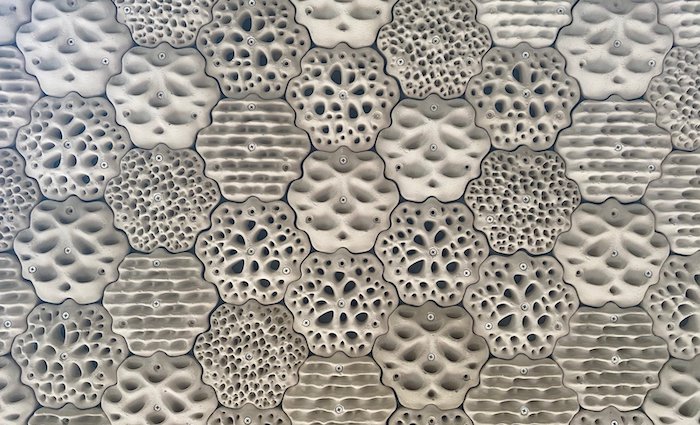
Unique design: Living Seawalls (pictured) panels create mosaics where different types of geometry are present alongside one another, which is different to most interventions that typically add just pits, grooves or protrusions.
Living Seawalls typically had the greatest diversity of species after one year, but this number then stabilised, she says.
“Our study shows that the picture was very different at 12 months versus 24 months – where we saw communities dominated by particular species that out-competed others,” she says – adding that oysters became the dominant species at the installation monitored.
“After two years, we had lots of oysters growing on our panels, improving water filtration, providing three-dimensional structures for small snails and seaweeds to live between, and the oysters are also an important food resource for many recreationally-fished species such as bream,” she says.
Bishop says because each type of texture supports different species, Living Seawalls installations can be designed to achieve a particular environmental outcome.
- Light up your nightlife: astronomy events still to come in 2022
- Please explain: What is a mondegreen?
A targeted mix of Living Seawall panels could encourage certain commercially or recreationally targeted fish species, or attract filter-feeding species like mussels and oysters to improve water quality, or even improve biodiversity and maximise the number of species present.
“Our key differentiating point is that this project isn’t just about the work on the ground, it involves ongoing monitoring and evaluation, collecting data that informs decisions on how to best use these approaches and how to continue to improve these approaches over time.”
Associate Professor Melanie Bishop is in the Macquarie University School of Natural Sciences.

